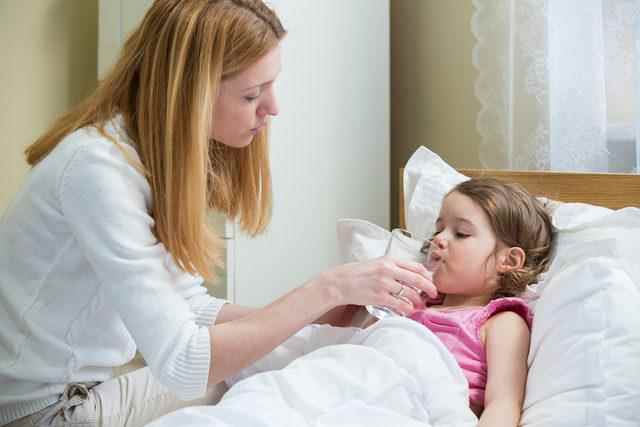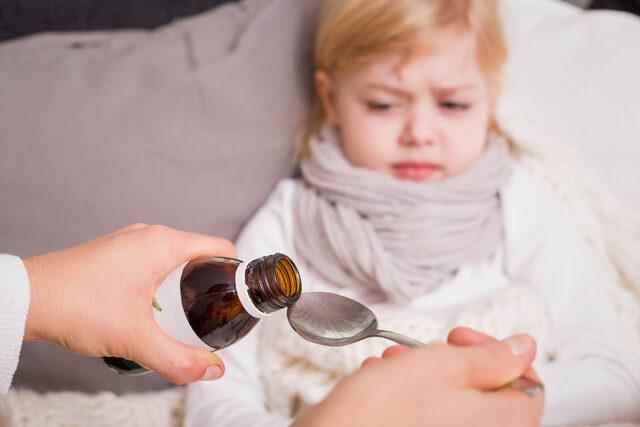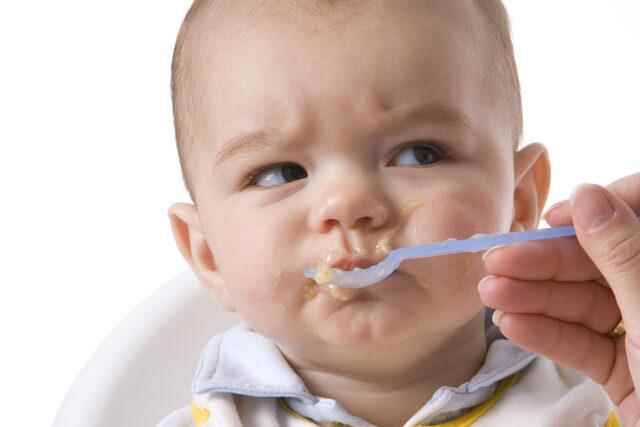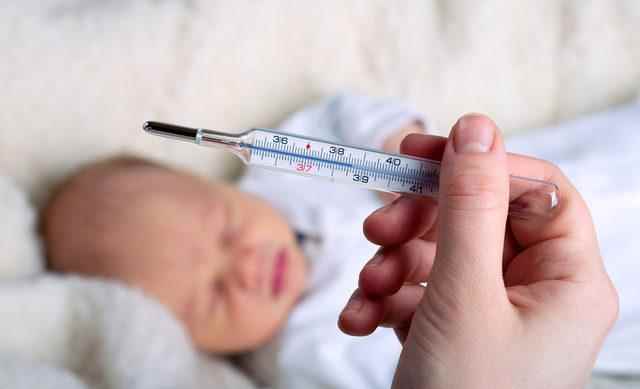Another important point that parents are worried about in high fever is that they think that their child will have a seizure and as a result, permanent damage will occur to the brain. Contrary to popular belief, however, only 4 percent of children aged 6 months to 5 years develop convulsions in febrile conditions. Simple febrile seizure, which is seen without the presence of both high fever and accompanying severe infection such as meningitis and encephalitis, does not cause permanent damage to the brain.
High fever, which is very common in children, is defined as the measurement of body temperature above 38.5 degrees. Acıbadem Dr. Şinasi Can (Kadıköy) Hospital Pediatrics Specialist Assoc. Dr. Sibel Aka pointed out that the general condition of the child is more important than the degree of fever and said, “Fever is not a disease, it is a natural and beneficial response of the body. In addition, there is not always a correlation between the height of the fever and the severity of the disease. However, if your child is very restless or distracted, if these problems are accompanied by other problems such as vomiting, diarrhea and headaches, and most importantly, if there is a skin rash with fever, you should consult a doctor immediately.
Because this picture can be a symptom of a serious disease. If your child is under one year old, especially if he is under 3 months, you should consult a doctor immediately in case of fever. Child Health and Diseases Specialist Assoc. Dr. Sibel Aka talked about the 5 most common mistakes parents make in high fever in children; made important recommendations.
Myth: Wearing thick clothes and keeping them warm
Fact: In cases where the fever rises rapidly, shivering and chilling problems may develop. The child’s hands and feet may be cold. Do not keep your child in a warm environment with the fear of cold, do not dress him in thick clothes. Because heat causes the body temperature to rise even more. The room temperature should neither be too hot nor too cold. Therefore, be careful to keep the room temperature at 22-24 degrees. Also, make sure to wear loose and thin clothes instead of thick clothes.

Myth: Soaking in cold water or applying cold
The truth: The cold water causes the body temperature to rise again quickly and makes the child restless. When your child has a fever, you can take a bath with warm water or apply a warm dressing.
Myth: Attempting to bring the fever back to normal quickly
The truth: The purpose of the use of antipyretic is to relieve the child’s discomfort caused by fever. If your child does not have a known chronic disease or a previous history of febrile seizures, you can wait for a fever up to 38-38.5 degrees without giving medication.

Child Health and Diseases Specialist Assoc. Dr. Sibel Aka, stating that antipyretic drugs should be applied in appropriate doses and at appropriate intervals, said, “Do not apply more antipyretic drugs than necessary in order to quickly return the child’s fever to normal. Otherwise, side effects such as undesirable hypothermia and stomach irritation due to overdose use and drug poisoning may develop.
Myth: Randomly starting antibiotics
Fact: High fever in childhood develops mostly due to infectious diseases. Assoc. Dr. Sibel Aka, pointing out that most of these infections are caused by viruses, continues: “Bacterial infections are less common and this distinction should be made by the doctor. Antibiotics are beneficial only in bacterial infections, not in viral infections.

Therefore, it is an extremely wrong practice to start antibiotics immediately when fever is detected in children. Because antibiotics used unnecessarily are useless and can cause serious side effects such as unwanted allergic reactions, vomiting, diarrhea, fungal infections and the development of antibiotic resistance.
Myth: Attempting to feed a feverish child
The truth: When your child’s fever rises, you should feed him with liquid foods as much as possible, and if he is breastfeeding, you should continue to breastfeed frequently. Also, make sure to drink plenty of water and do not force it to eat.

